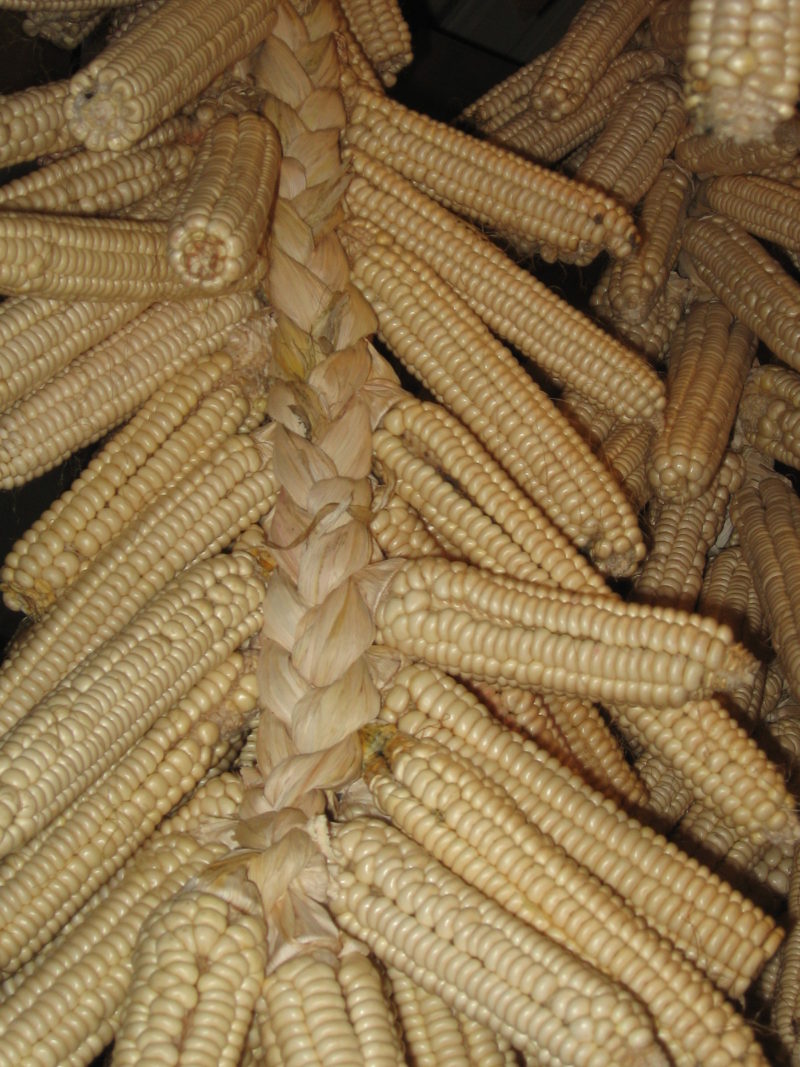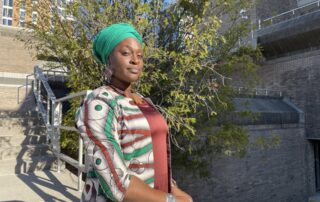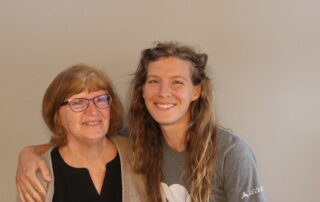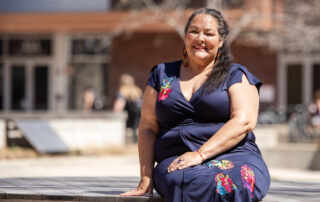A small farm in Northeastern Wisconsin is helping to preserve an important aspect of the Oneida tribe’s culture. Besides providing organic produce, the farm grows white corn, beans and squash in what’s called a “three sisters” garden.
Jeff Metoxen directs the Tsyunhehkwa (June-hey-kwa) farm in Hobart, just west of Green Bay.
“A loose translation in the Oneida language is ‘life sustenance,”” says Metoxen.
It’s an eighty acre spread that includes pastures for grass fed beef and your garden variety vegetables like tomatoes and cucumbuers. Those are used to make salsa and pickles that are sold at local stores.
The star of the show is traditional white corn.
“It’s a heirloom corn, primarily used with our bread, flours, our soups,” explains Metoxen.
Harvesting the corn and braiding the cobs is a hands-on process.
“We do a hand harvest. That event is called a harvest and husking bee. Usually it takes about a week long. We invite everyone and anyone in the community. We go through the steps of how to traditionally dry the corn, braid it,” says Metoxen.
Then comes the tricky part, drying it. Metoxen steps into the crucial drying building on the grounds.
“The hooks that are up top on the rafters are where we can put the braids up, that’s a traditional practice. So the hands on process is a tradition we want to make sure that’s kept alive and is part of our community. So we show them all these steps but also we are using what’s provided today. So technology. We do use a corn picker. It’s not a combine system. It only picks the corn off the field from the stalk. It generally will husk for you. But we have to dry it down. If we don’t make sure we follow up on that properly we can lose that crop because mold can spread fast. A lot of pests and insects,” says Metoxen.
Metoxen says the purpose of the corn goes beyond human consumption. It’s one of the three sisters, alongside beans and squash.
“Many of the tribes have corn, beans, and squash as that garden,” explains Metoxen. “So for the Oneida tribe we have corn, beans and squash as those three sisters and what we always looked at with our food is that it’s part of us. It’s part of our responsibility. The three sisters and the corn itself is part of our creation story. We look at it as our relatives.”
Tsyunhehkwa doesn’t aim to feed the tribe or even make much of a profit, though Metoxen says that would be nice. Instead it’s an educational model.
Tsyunhehkwa’s crop of traditional white corn will be ready for harvest in October.











